Conference Programme
Day 1: Wednesday, August 7

Registration & Coffee
14:30–15:15

Graham Ellsbury
Introduction & Welcome
15:15–15:30

Andrew Crompton
The Alternative Natural Philosophy Association
How to Make a Horse Vanish
Video
A nondescript set is a collection of objects can serve as either figure or ground, so they appear and disappear among their companions as if self-camouflaged. Large collections of identical objects have this property, in nature they include murmurations, shoals, herds, but small sets of different object can also be self-camouflaged if objects are designed to balance being similar to and different to each other. It is shown that, with different objects, at least four types is a minimum for self-camouflage to emerge, six or more is better. When objects are identical three can be sufficient, as in the three-card trick in which the eye cannot disentangle cards shuffled in a tricky way. One of the smallest nondescript sets is found in nature among zebra. Their stripes, first described a form of auto-mimesis by Eltingham in 1979, minimise the size of herd in which a zebra can vanish to deter persistence hunters that pursue animals to exhaustion. This allows zebras to forage in smaller groups than otherwise would be the case, although at a cost of being more conspicuous to ambush hunters such as lions. It is conjectured that as few as two zebra can be entangled in an unmarked state, allowing them to vanish for a moment. This is supported by evidence that the patterning is scaling to allow different sized zebra to merge and explains why stripes come in several types.
I am interested in the design of things that are easily overlooked or in other ways hard to describe or remember, such as found objects, and structures with hidden meanings such as gasholders (see AA Files 74), and the Cenotaph, which contains an image of Excalibur, (see AA Files 34). My publications include The Checkerboard of Tunes, which shows a model of all the tunes in the Western musical canon as a single solid object based on George Spencer-Brown's musical dictionary.
Video
A nondescript set is a collection of objects can serve as either figure or ground, so they appear and disappear among their companions as if self-camouflaged. Large collections of identical objects have this property, in nature they include murmurations, shoals, herds, but small sets of different object can also be self-camouflaged if objects are designed to balance being similar to and different to each other. It is shown that, with different objects, at least four types is a minimum for self-camouflage to emerge, six or more is better. When objects are identical three can be sufficient, as in the three-card trick in which the eye cannot disentangle cards shuffled in a tricky way. One of the smallest nondescript sets is found in nature among zebra. Their stripes, first described a form of auto-mimesis by Eltingham in 1979, minimise the size of herd in which a zebra can vanish to deter persistence hunters that pursue animals to exhaustion. This allows zebras to forage in smaller groups than otherwise would be the case, although at a cost of being more conspicuous to ambush hunters such as lions. It is conjectured that as few as two zebra can be entangled in an unmarked state, allowing them to vanish for a moment. This is supported by evidence that the patterning is scaling to allow different sized zebra to merge and explains why stripes come in several types.
I am interested in the design of things that are easily overlooked or in other ways hard to describe or remember, such as found objects, and structures with hidden meanings such as gasholders (see AA Files 74), and the Cenotaph, which contains an image of Excalibur, (see AA Files 34). My publications include The Checkerboard of Tunes, which shows a model of all the tunes in the Western musical canon as a single solid object based on George Spencer-Brown's musical dictionary.
15:30–16:00

KEYNOTE
Louis H Kauffman
Louis H Kauffman
University of Illinois at Chicago
Arithmetic in 'Laws of Form'
Video
Spencer-Brown has pointed out that he discovered an arithmetic that underlies Boolean algebra. This arithmetic is the Spencer-Brown Calculus of Indications generated by the mark <> (here written in typographical form) subject to the relations of calling, <><>=<>, and crossing, <<>> = , where, in crossing, the two marks are erased in the plane of writing. This talk will explore how integer arithmetic can be constructed by adopting different equivalences than the laws of calling and crossing. Spencer-Brown's construction of integer arithmetic is based on keeping only the law of crossing. Then <>,<><>,<><><>,... can represent the numbers 1,2,3,.... We begin by discussing a more general version of this system where we assign a non-negative integer to each expression in the mark. The key to this point of view is to understand that there are two voids in ordinary arithmetic: the multiplicative void with symbol 1 and the additive void with symbol 0. Spaces in an expression are understood to be either multiplicative spaces or additive spaces. The arithmetical mark connotes a crossing from one type of space to the other. By formulating the concept of ordinary arithmetic in this way, we can construct insightful systems of arithmetic that are related to the form and principles of Laws of Form.
Louis Kauffman has a BS from MIT and PhD from Princeton in Mathematics. He is Professor Emeritus of Mathematics at the University of Illinois at Chicago. His research is in knot theory and its ramifications in other areas of mathematics and science. He is a Fellow of the American Mathematical Society, Editor in Chief of the Journal of Knot Theory and its Ramifications, Recipient of the Warren McCulloch and Norbert Wiener awards of the American Society for Cybernetics, the Bertalanfy Award for Complex Systems, and an ANPA Award of the Alternative Natural Philosophy Association. He works on the mathematics of form and laws of form and writes a column on Virtual Logic for the Journal Cybernetics and Human Knowing, and he is the Editor of the World Scientific Book Series On Knots and Everything.
More info: homepages.math.uic.edu/~kauffman
Video
Spencer-Brown has pointed out that he discovered an arithmetic that underlies Boolean algebra. This arithmetic is the Spencer-Brown Calculus of Indications generated by the mark <> (here written in typographical form) subject to the relations of calling, <><>=<>, and crossing, <<>> = , where, in crossing, the two marks are erased in the plane of writing. This talk will explore how integer arithmetic can be constructed by adopting different equivalences than the laws of calling and crossing. Spencer-Brown's construction of integer arithmetic is based on keeping only the law of crossing. Then <>,<><>,<><><>,... can represent the numbers 1,2,3,.... We begin by discussing a more general version of this system where we assign a non-negative integer to each expression in the mark. The key to this point of view is to understand that there are two voids in ordinary arithmetic: the multiplicative void with symbol 1 and the additive void with symbol 0. Spaces in an expression are understood to be either multiplicative spaces or additive spaces. The arithmetical mark connotes a crossing from one type of space to the other. By formulating the concept of ordinary arithmetic in this way, we can construct insightful systems of arithmetic that are related to the form and principles of Laws of Form.
Louis Kauffman has a BS from MIT and PhD from Princeton in Mathematics. He is Professor Emeritus of Mathematics at the University of Illinois at Chicago. His research is in knot theory and its ramifications in other areas of mathematics and science. He is a Fellow of the American Mathematical Society, Editor in Chief of the Journal of Knot Theory and its Ramifications, Recipient of the Warren McCulloch and Norbert Wiener awards of the American Society for Cybernetics, the Bertalanfy Award for Complex Systems, and an ANPA Award of the Alternative Natural Philosophy Association. He works on the mathematics of form and laws of form and writes a column on Virtual Logic for the Journal Cybernetics and Human Knowing, and he is the Editor of the World Scientific Book Series On Knots and Everything.
More info: homepages.math.uic.edu/~kauffman
16:00–17:00

Dinner
18:30

